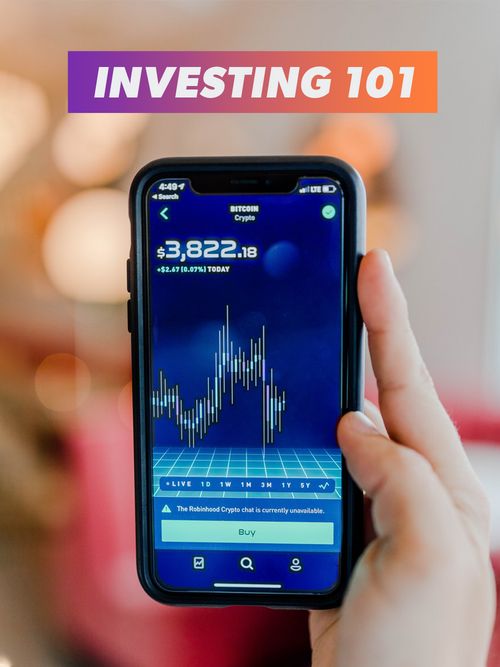Rule #1: A foolproof investment plan for beginners
Nov 08, 2021 · 2 mins read
0
Share

Anyone can achieve success on the stock market by following one simple formula: find the right business for you, assess its real value, buy stock in it at half that value, then repeat. This strategy was developed by Warren Buffett and simplified in Phil Town’s book Rule #1.
Save
Share
Efficient Market Theory (EMT) states that all relevant info about a company is already factored into its stock price, preventing (in principle) the stock from being overpriced or underpriced. But price and value are not the same. Spotting the difference is the key to success.
Save
Share
You don’t need experience to become great at investing. All it takes is solid tactics. Start by figuring what kind of businesses you’re genuinely interested in. Using a stock screener, make a list of about 20 companies that you can investigate further…
Save
Share
Imagine you’re going to buy a whole company, not just some shares. This is your litmus test for finding the right business. Think of your investment as a vote of confidence in a particular company, as this forces you to do your homework and make sure you understand it.
Save
Share
Your potential investment’s advantage = the moat that will protect it from competition and inflation. There are five categories of moat: brand power, a trade secret or patent, monopoly of the market, low-cost price, and retention (when switching to a rival just isn’t worth it).
Save
Share
A company’s moat can be measured by five specific indicators over a minimum of 10 years. #1: If the return on investment capital (ROIC) is under 10%, that’s a bad sign. #2: Equity is the surplus from profits. If that’s being used to grow the business, that’s a strong sign.
Save
Share
Moat indicator #3: a 10% increase or more in earnings per share (EPS) over 10 years. #4: a sales growth rate consistently above 10%. #5: a free cash flow growth rate consistently above 10%. Ideally, you want to see factors 3-5 growing at around the same rate as the equity.
Save
Share
Research the CEO as if your life depends on it. Make sure they’re owner-orientated. What is their vision? What have they been criticized for? Is their salary reasonable? How did they address bad years in the annual report? Beware of execs selling more than 30% of their shares.
Save
Share
Secure a margin of safety (MOS) of at least 50%. A margin of safety is the actual value per share (based on your assessment of the company) minus its current stock price. E.g. If you value it at $300 per stock, but it’s priced $150, you’ve found the right investment.
Save
Share
Bottom line: if you find a company with potential, imagine you’re about to buy the whole thing. Measure its advantages across 5 indicators (brand, secret, monopoly, price, retention) and study the CEO. When the market yields a price within your margin of safety, it’s time to buy.
Save
Share
0